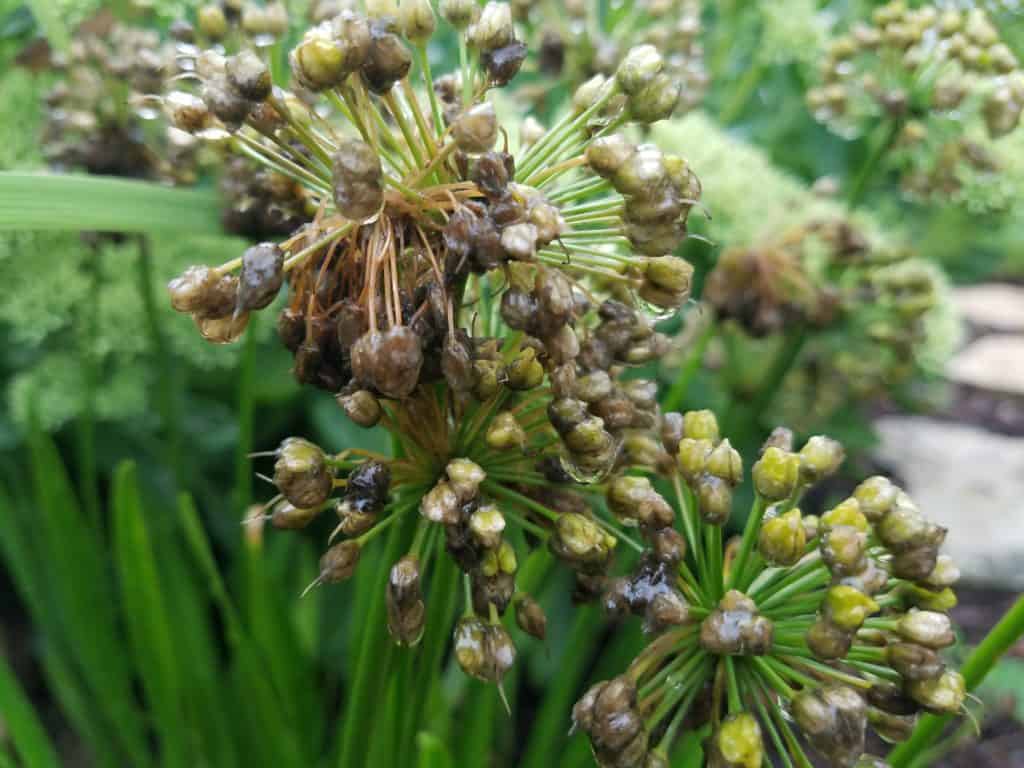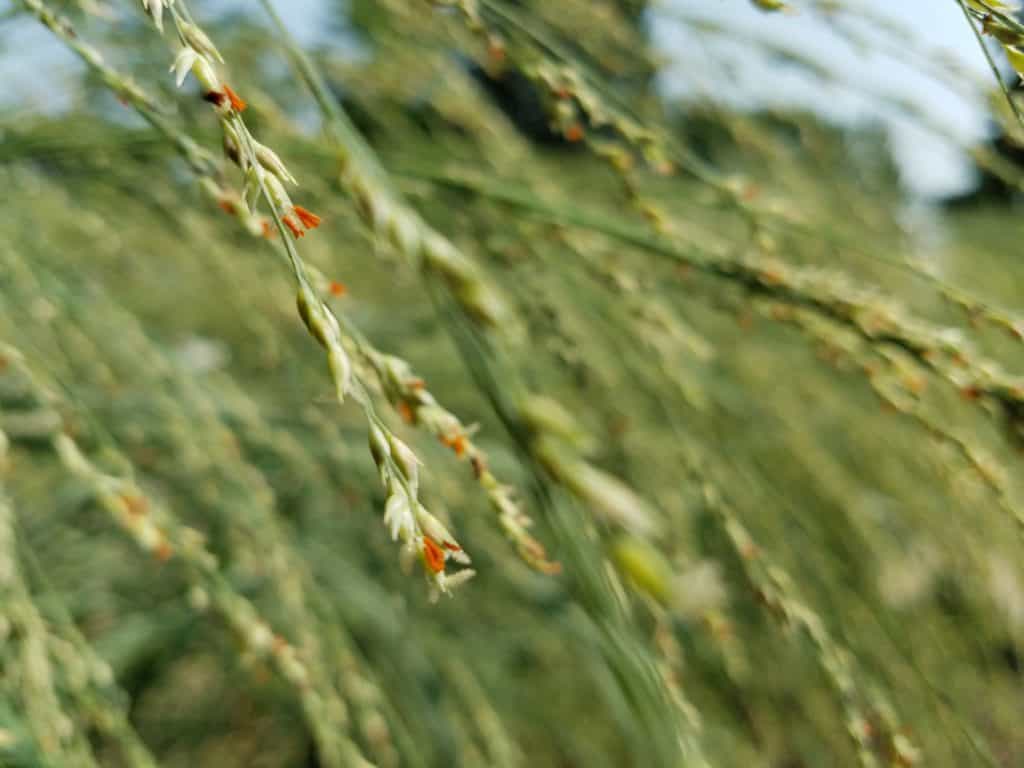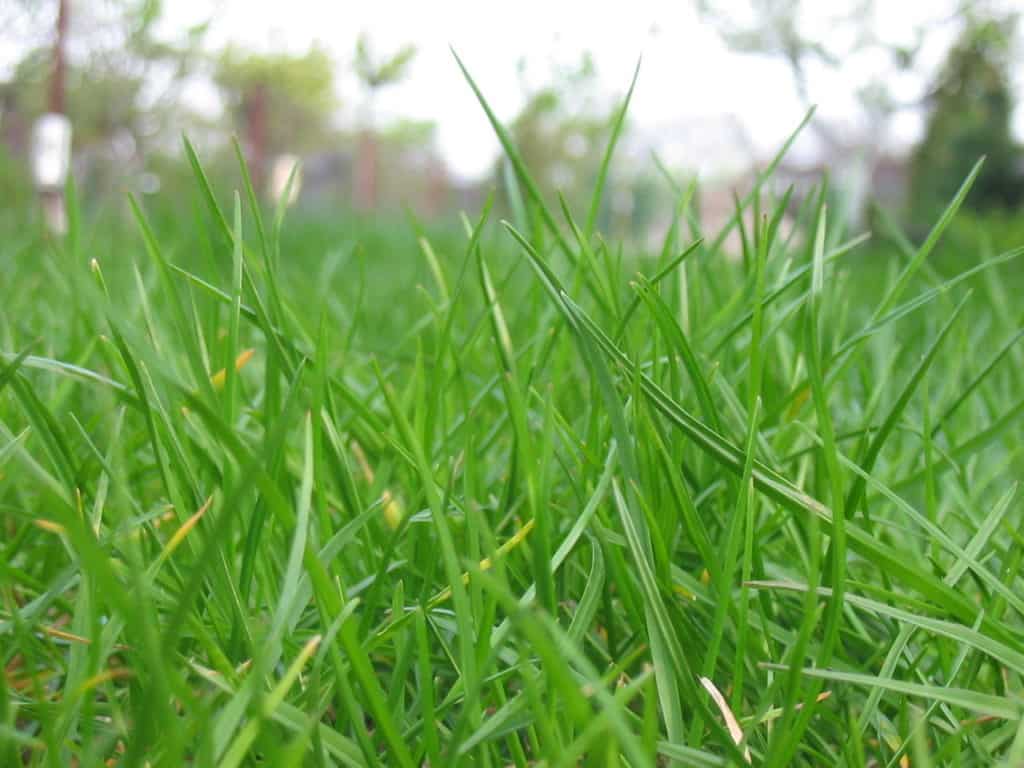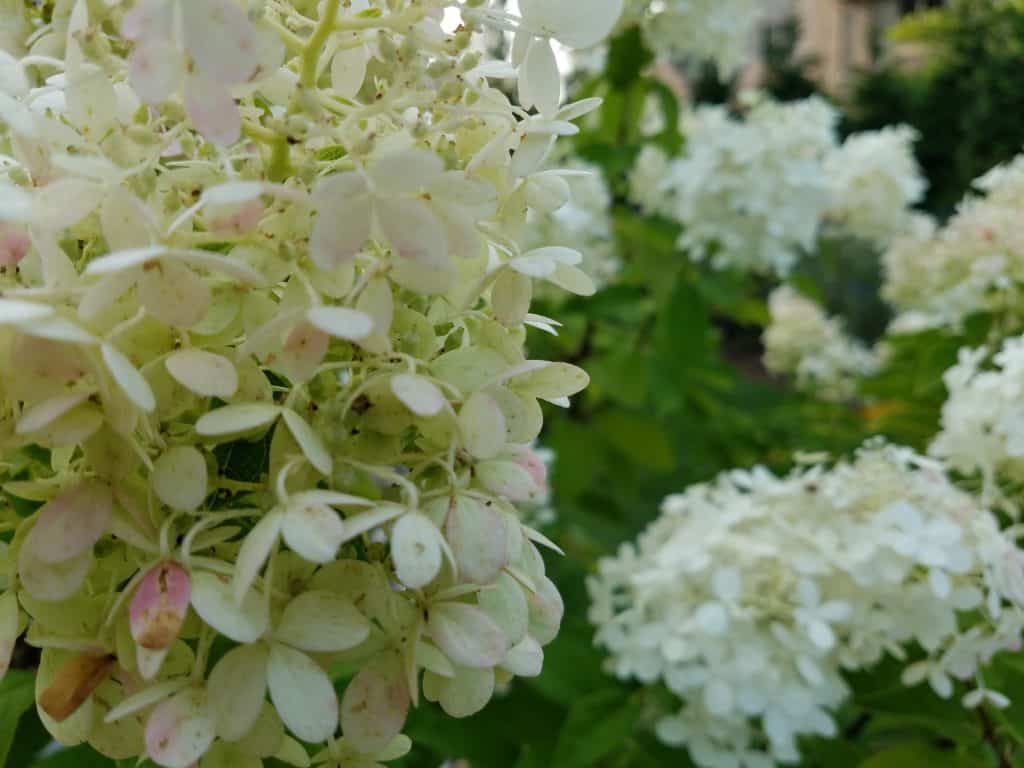
Late Summer’s beauty, like retreating youth, had lost its vibrant façade. Weary and withered, she took to the proverbial stage for her final curtain call where sweet memories and moments lingered, before forfeiting the limelight altogether.

August too conceded, and with it, any remnants of Summer. Autumn is upon us and changes are afoot. Cooler temperatures, diminishing sunlight and increasing rainfall can and should be taken advantage of. Autumn offers a plethora of opportunities in the garden and landscape. Opportunities to right some wrongs, implement preventative measures, and plant for next Spring. As you know, late Summer/early Fall offers the perfect conditions in which to seed a lawn. It’s also the ideal time to aerate.
Aerations can be likened to vitamins – part of a healthy lifestyle when combined with proper year round care and maintenance. Although aerations can be performed in Spring, Sweeney’s believes Fall is the best time and offers the greatest benefit.
So, what’s aeration? Aeration is the process in which soil compaction and thatch build up is relieved through removing cores/plugs of soil that are then left on the surface to act as topdressing. Essentially, aeration allows for better air circulation, and the effective penetration of nutrients and water. It also allows the soil to relax and expand while promoting microbial activity. Additionally, aerations have proven to mitigate certain fungal diseases while discouraging the growth of weeds. Lawns that are aerated are healthier overall and tend to hold up better in periods of brief droughts – remaining green and actively growing.
Many landscape companies only aerate in one direction (i.e. north to south OR east to west). Sweeney’s aerates in two directions (both north and south AND east and west) allowing for the maximum amount of holes per square foot, which is recommended.

Contact Sweeney’s today to schedule your aeration! It’s a great way to insure your lawn faces dormancy in tip-top health and comes out swinging in Spring.
Plant of the Week

Little Lime Hydrangea
Petite form of Limelight Hydrangea produces masses of large, panicle shaped, soft-lime green flowers from July – October that mature to a pinkish-burgundy in Fall. Prefers sun to partial shade and moist, well-drained soil. Grows 3-4′ tall and 3-4′ wide. Excellent cut flower. Salt tolerant. Attracts butterflies and other pollinators.
“The foliage has been losing its freshness through the month of August, and here and there a yellow leaf shows itself like the first gray hair amidst the locks of a beauty who has seen one season too many…”
-Oliver Wendell Holmes
Best wishes,
Kim Sweeney
